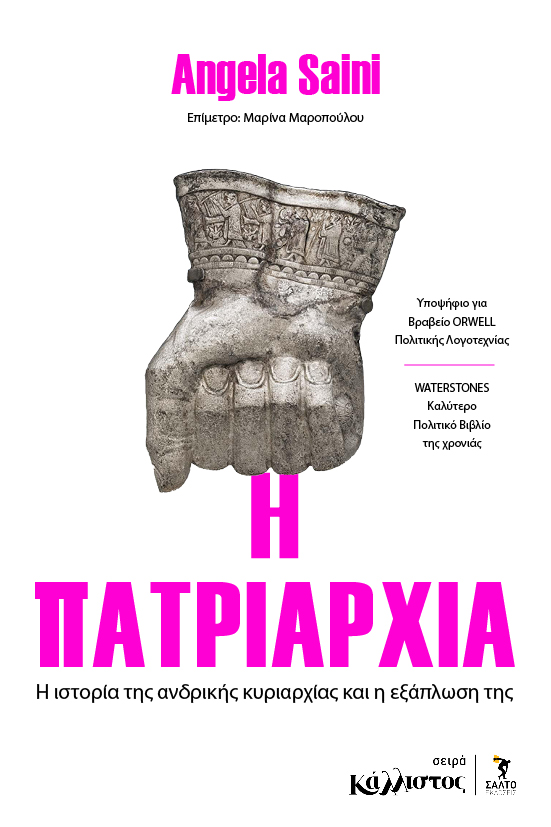What do you think?
Rate this book


352 pages, Paperback
First published February 28, 2023
Patriarchy as a single phenomenon doesn't really exist, then. There are instead, more accurately, multiple patriarchies, formed by threads subtly woven through different cultures in their own way, working with local power structures and existing systems of inequality.